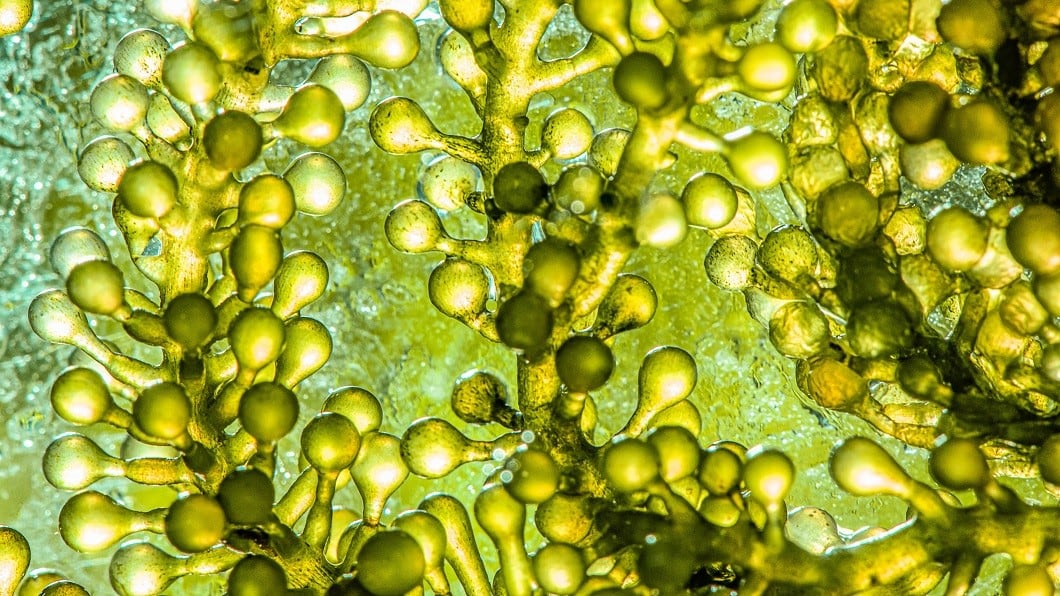The World Health Organisation (WHO) believes that by 2025, half of the world’s population will be living in water-stressed areas.
While the cosmetics industry is heavily dependent on water, Dave McCaughan, founder of consultancy firm, Bibliosexual, believes the issue of water is not as pervasive in cosmetics as plastic pollution.
“The cosmetics companies seem to be more focused about what they are going to do with plastics than what they are going to do about water,” he told CosmeticsDesign-Asia.
He added that water will be among the biggest issues cosmetic companies will face as the public will eventually learn how much water goes into the creation of their favourite beauty products.
“A little jar of cream that’s four centimetres by four centimetres by four centimetres can take 70litres of water to produce. That’s a lot for a few ounces… especially if you think about how many million jars are sold.”
The alt water
McCaughan has observed that the food and beverage industry is beginning to look into alternative water sources that can help reduce their water usage and said this is something cosmetics can also look into.
In fact, there are several products in the market that are making a splash by utilising water derived from fruits, vegetables and plants.
Cult beauty brand First Aid Beauty launched a hydrating range of products featuring coconut water at the very top of the ingredient list. South Korean brand Too Cool for School’s Coconut Milky Mist claims to contain 87% of coconut water.
In recent years, we’ve seen K-beauty brands favour birch tree water, touting it as the new coconut water as it also boasts amino acids, enzymes, and antioxidants beneficial for the skin.
Birch water is front and centre of Enature’s Birch Juice Hydro line, while Neogen’s Real Ferment Micro Essence claims to contain 17% birch juice.
While these products tell a great water story, McCaughan pointed out that it is not just the water in the end product that we have to be conscious of.
“People usually think about the water in the direct production of the end product that people touch but it’s also the water involved in getting the products made as well.”
This includes water being used in the cultivation of coconuts and birch trees to create the products in the first place.
Seaweed solution?
At this year’s in-cosmetics Asia, Seppic bagged a silver award in the functional category for its algae water range, which consists of two ingredients, Hydralixir LD and Hydralixir CC. Hydralixir can replace up to 50% of water in a formulation.
Compared to plant or fruit-derived waters, Seppic claims Hydralixir reduces the freshwater footprint more effectively.
“Normally, when you dry seaweed, the water just evaporates and its gone. To capture that water, that by-product, we place the seaweed in a heating chamber. The water evaporates, leaving the biomass behind while we condensate and filter it to create Hydralixir,” explained Marty Lumain, APAC beauty care marketing manager, Seppic.
Lumain highlighted that the company considered the impact on drinkable water resources when it set out to develop the product.
“We considered and compared it to plant waters like rose water. We were conscious that before you can get the rose, you need water to plant the rose. With seaweed, it’s already in the water, there’s no need for additional watering.”
This also affects the process of extracting the water. In order to extract water from plants and fruits, freshwater may be needed. However, Lumain assured that no additional water is used to distill the seaweed water.
“Water will become scarcer than gold. We need to make sure that we sustain the freshwater source specially for human consumption.”


